The new device does away with conventional filtration devices that use solely filter papers or membranes filters. It uses an intertwined web of nanocellulose fibers contained in a hydrogel film with a microporous membrane support.
Water and Fluid Separation News
- Friday, February 16, 2024
- Wednesday, December 13, 2023
Although suitable for everyday use outside laboratories, tap water may contain impurities, such as suspended particles, dissolved inorganic and organic compounds, dissolved gasses, and microorganisms. These impurities, unfortunately, can significantly affect the accuracy and integrity of experiments, prompting laboratories to use water purification systems that produce high-purity water needed for various lab applications.
- Friday, August 11, 2023
San Francisco is taking the lead in water conservation by implementing a decentralized approach to recycling wastewater. This innovative method allows for the reuse of treated wastewater for irrigation and toilet flushing, thus reducing the strain on diminishing freshwater resources. By embracing the idea of reusing non-potable water for essential purposes, the city is working to safeguard its precious natural water reserves, which play a vital role in providing safe drinking water to its residents.
- Friday, March 10, 2023
Water Sommeliers - What do you know about the flavor of water
Being a professional water sommelier is a thing. Much like a wine or beer connoisseur who gets paid for their expertise, a water connoisseur who makes a living educating others about the finer qualities of water is known as water sommelier. We all need to drink water daily in order to survive and thrive, but many of us don't pay too much attention to the quality and taste of the water we ingest. A water sommelier who is trained to evaluate the taste of water can help us understand the finer qualities of water so that we can become a little more discerning about the water we put into your bodies.
- Saturday, August 13, 2022
Ultrafiltration and Nanofiltration membranes are used in a wide range of applications and industries to separate unwanted dissolved compounds from water, wastewater, and other liquids. But, in order for a membrane to efficiently perform a desired separation, an appropriate molecular weight cut-off (MWCO) must be selected. Molecular weight is generally most accurate when selecting an Ultrafiltration membrane; it is more of a guide or approximation when working with Nanofiltration.
What is Molecular Weight Cut-Off (MWCO)?
Molecular weight cut-off (MWCO) can be defined as a nominal rating given to membranes based on the lowest molecular weight (measured in Daltons or Kilodaltons) at which they are able to retain more than 90% of a solute with a known molecular weight.
For example, a membrane with
- Wednesday, July 13, 2022
Organic Solvent Nanofiltration (OSN) or Organophilic Nanofiltration (oNF) offers an attractive solution for challenging separations in the molecular range between ultrafiltration and reverse osmosis, focusing on the treatment of organic liquids across several industries. Sterlitech is pleased to announce the addition of industrially proven, BORSIG OSN flat sheet membranes to its product offerings. Available in A4 size (210 x 297 mm) sheets, and easily cut down to other shapes or sizes, they can be used with any of our flat sheet membrane test cells.
Applications include, but are not limited to:
- Homogeneous catalyst recovery from reaction mixtures
- Wednesday, July 13, 2022
Membranes don’t always perform as expected, but asking the right questions can reduce down time due to troubleshooting. Below are a few common filtration performance challenges and troubleshooting tips.
Observation 1: No Flow
If you are pulling vacuum or applying pressure to the membrane, and not seeing any permeation the issue may be that you are using the separator paper (often blue in color) instead of the membrane. Check the color of the filter (most are white or translucent) to verify if the issue is attributed to the using the non-porous separator paper. This mix up is more common than you might think!
Observation 2: Low Flow Rate
Most published flow rates for membranes are based on water. If your flow rate is much lower than the published rate,


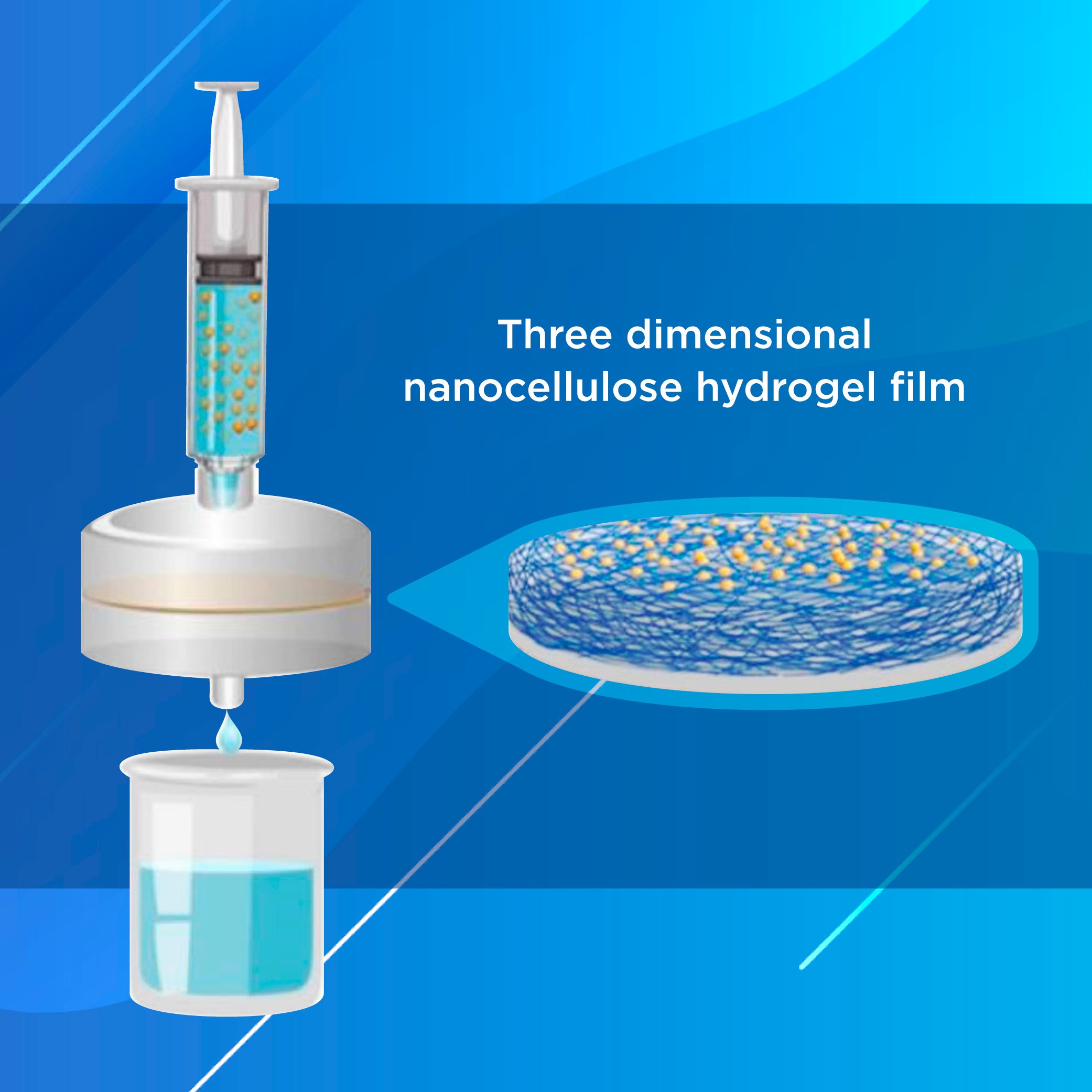
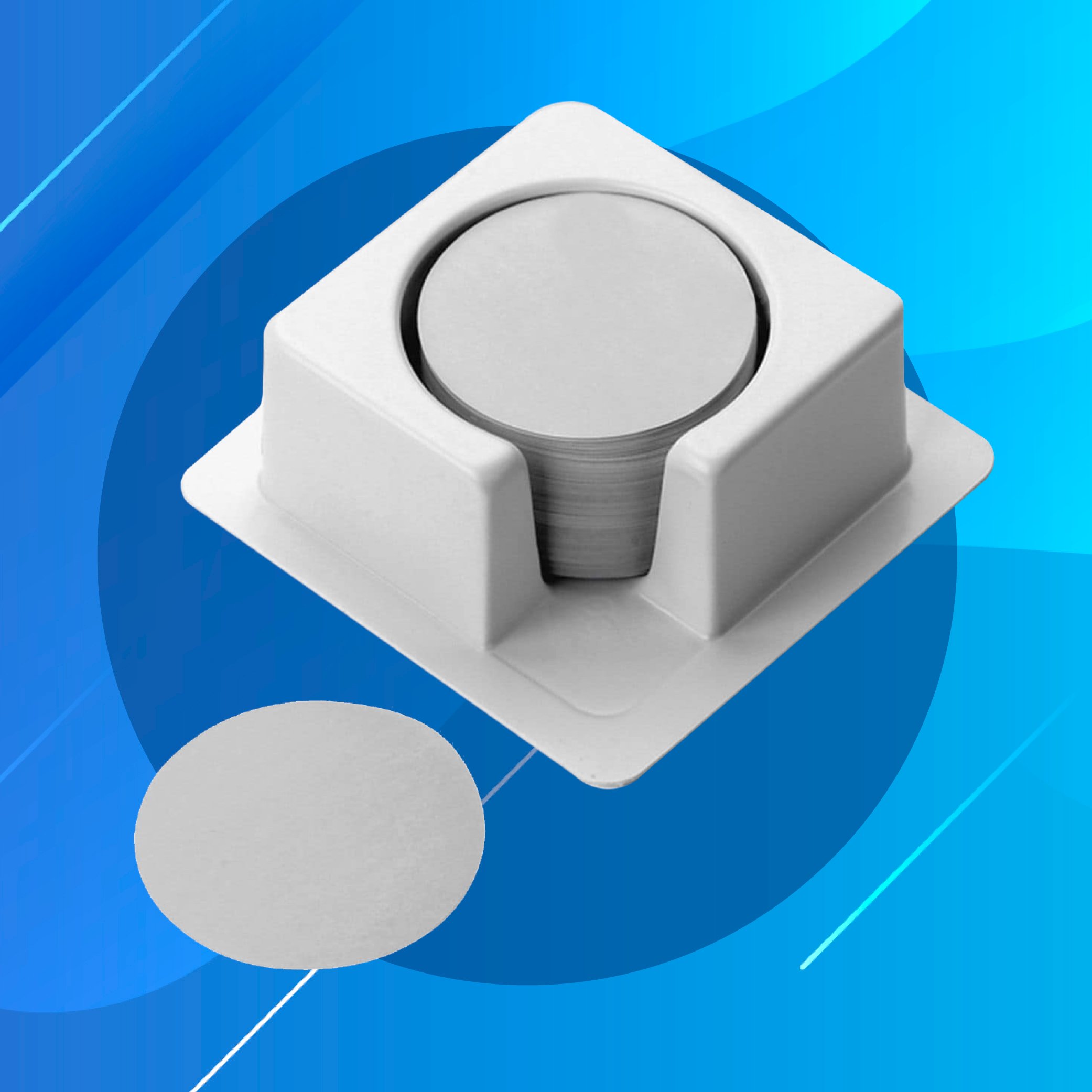
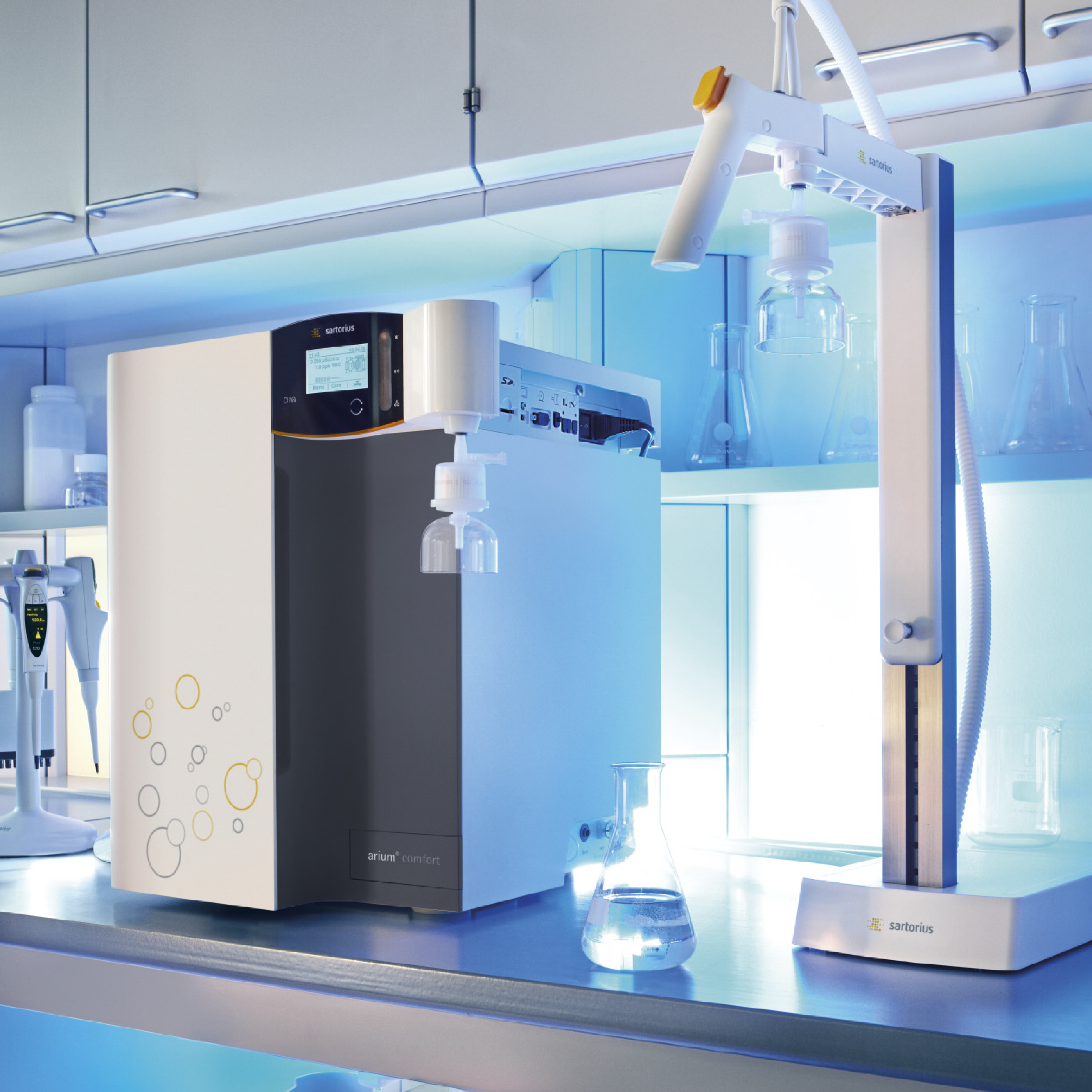
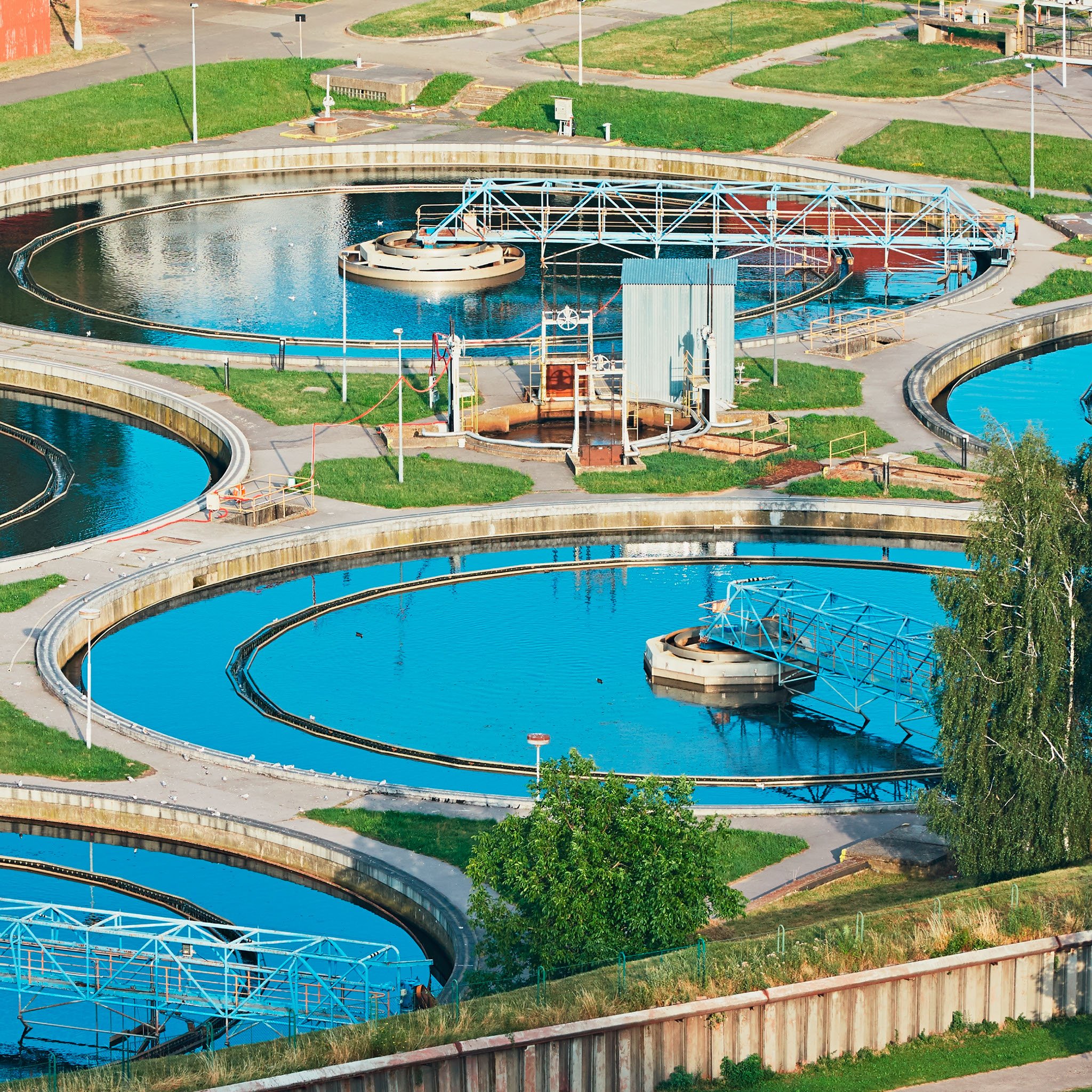
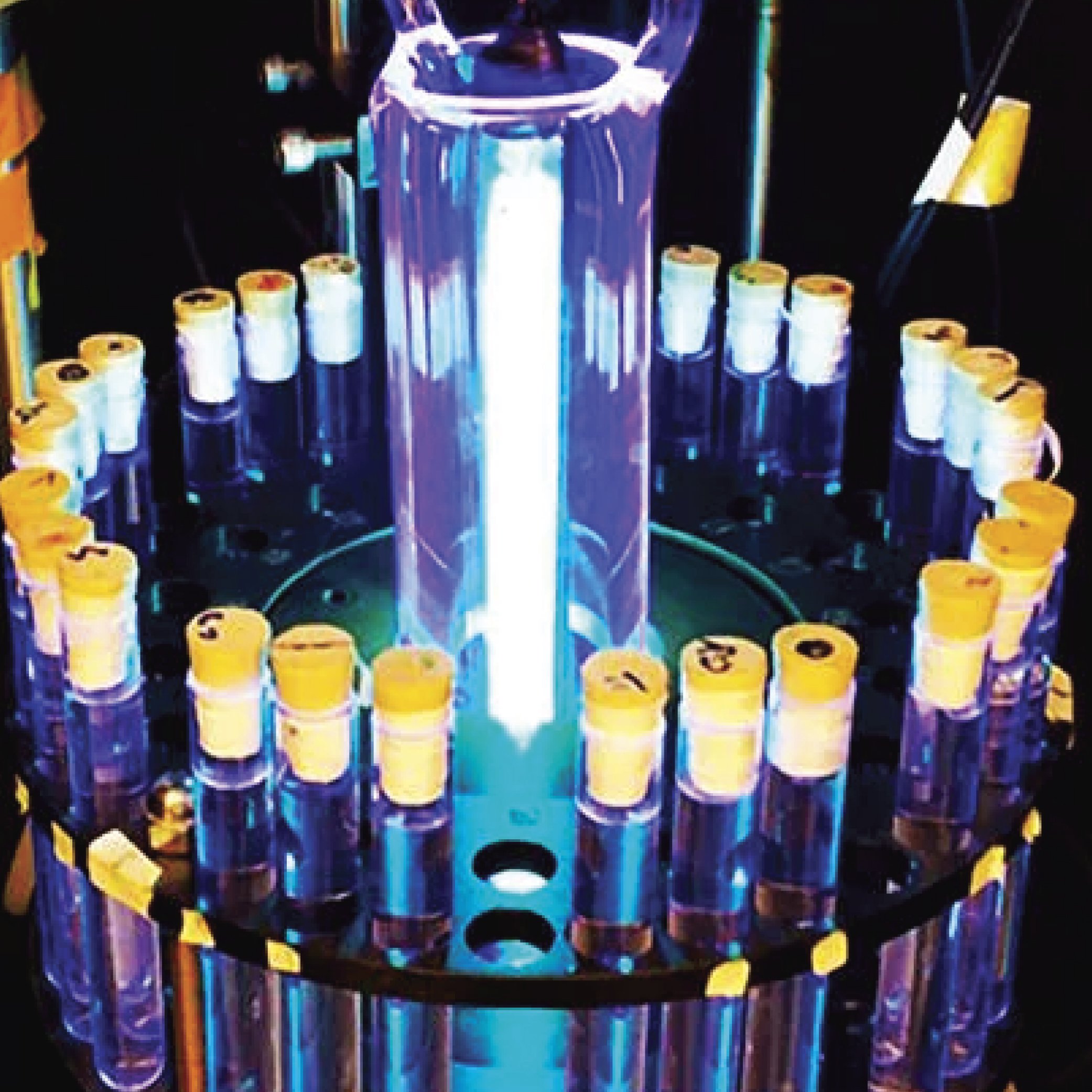
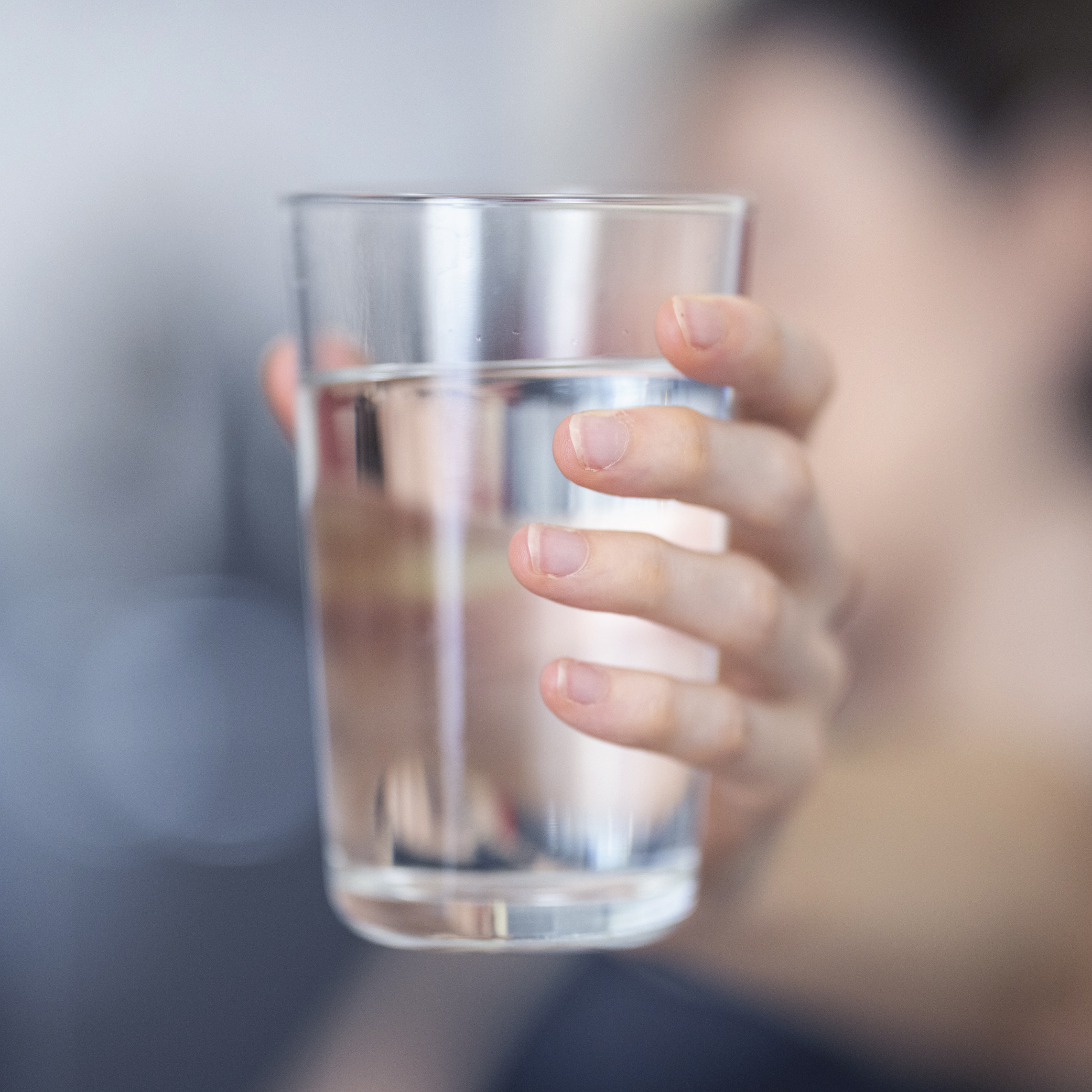
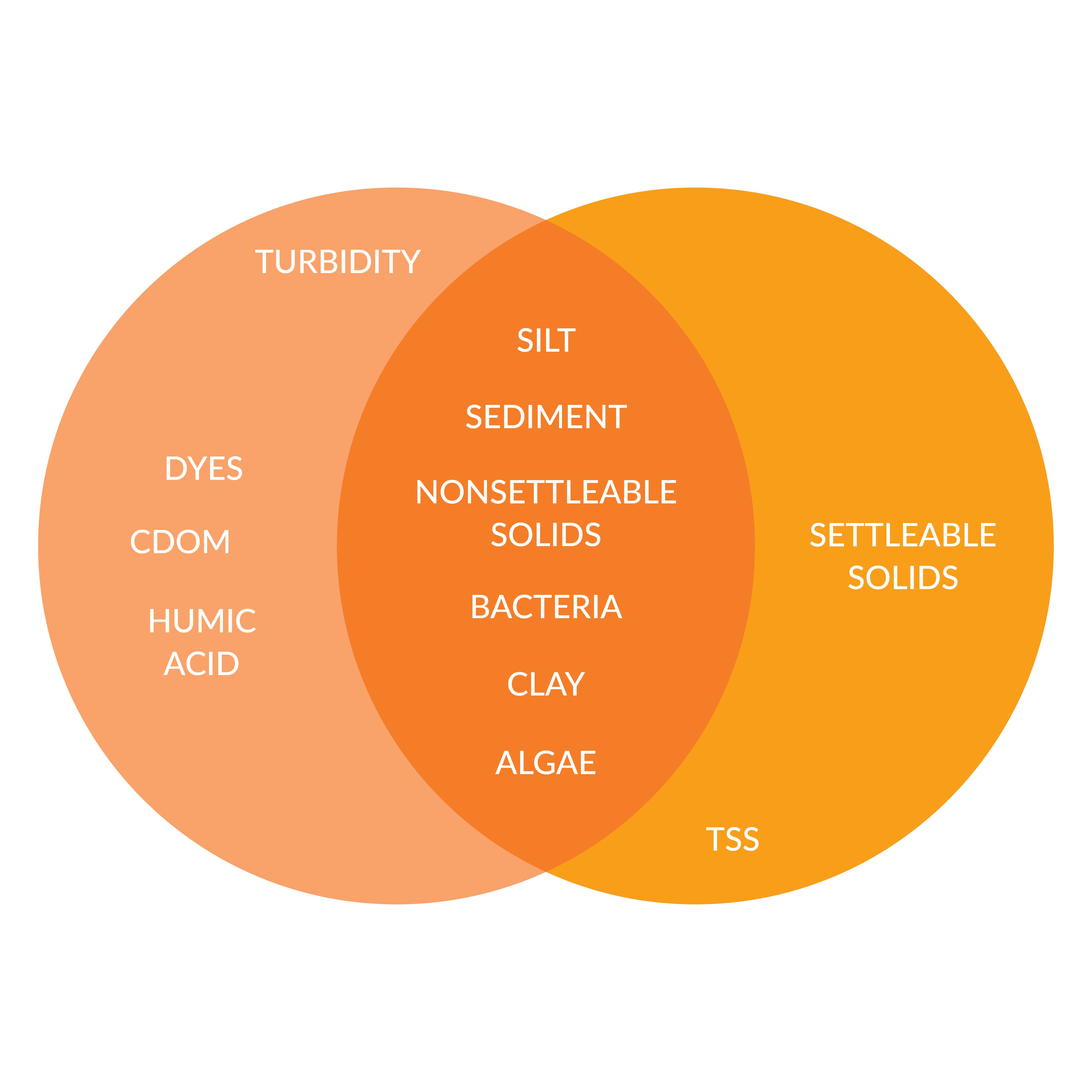
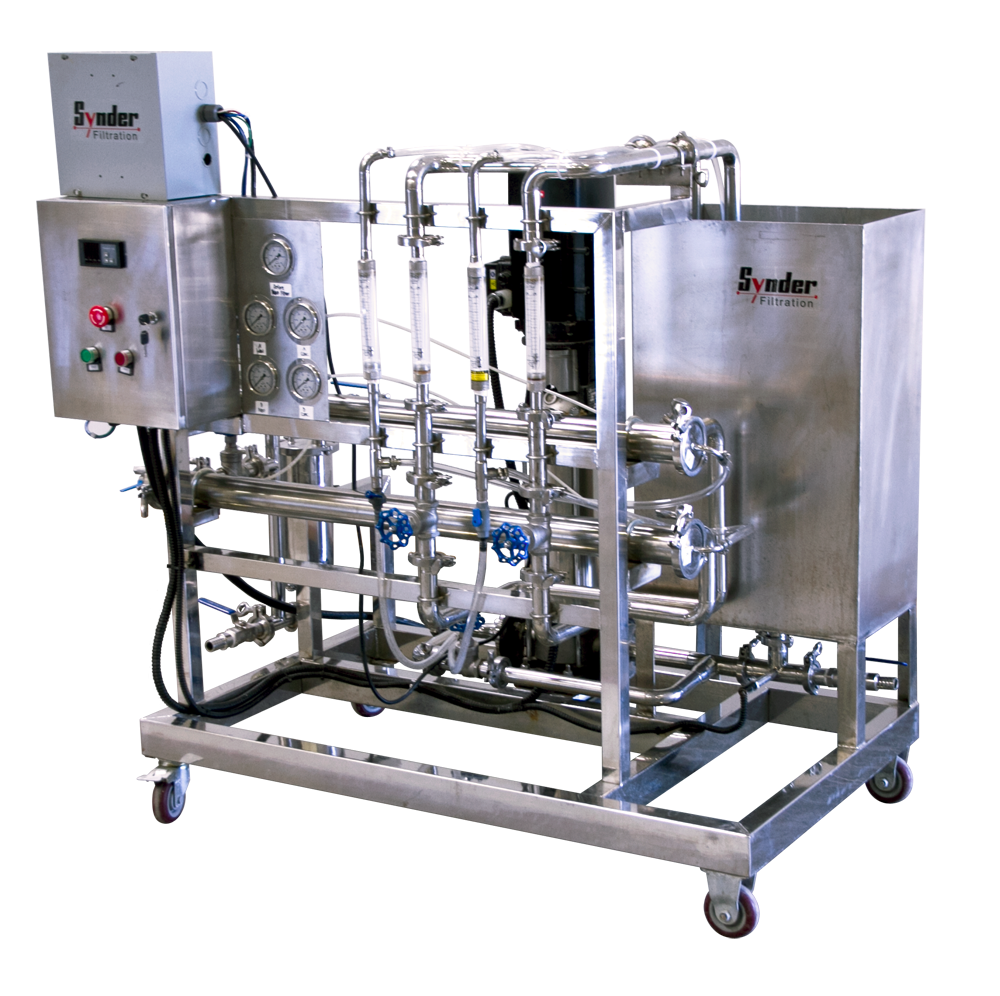
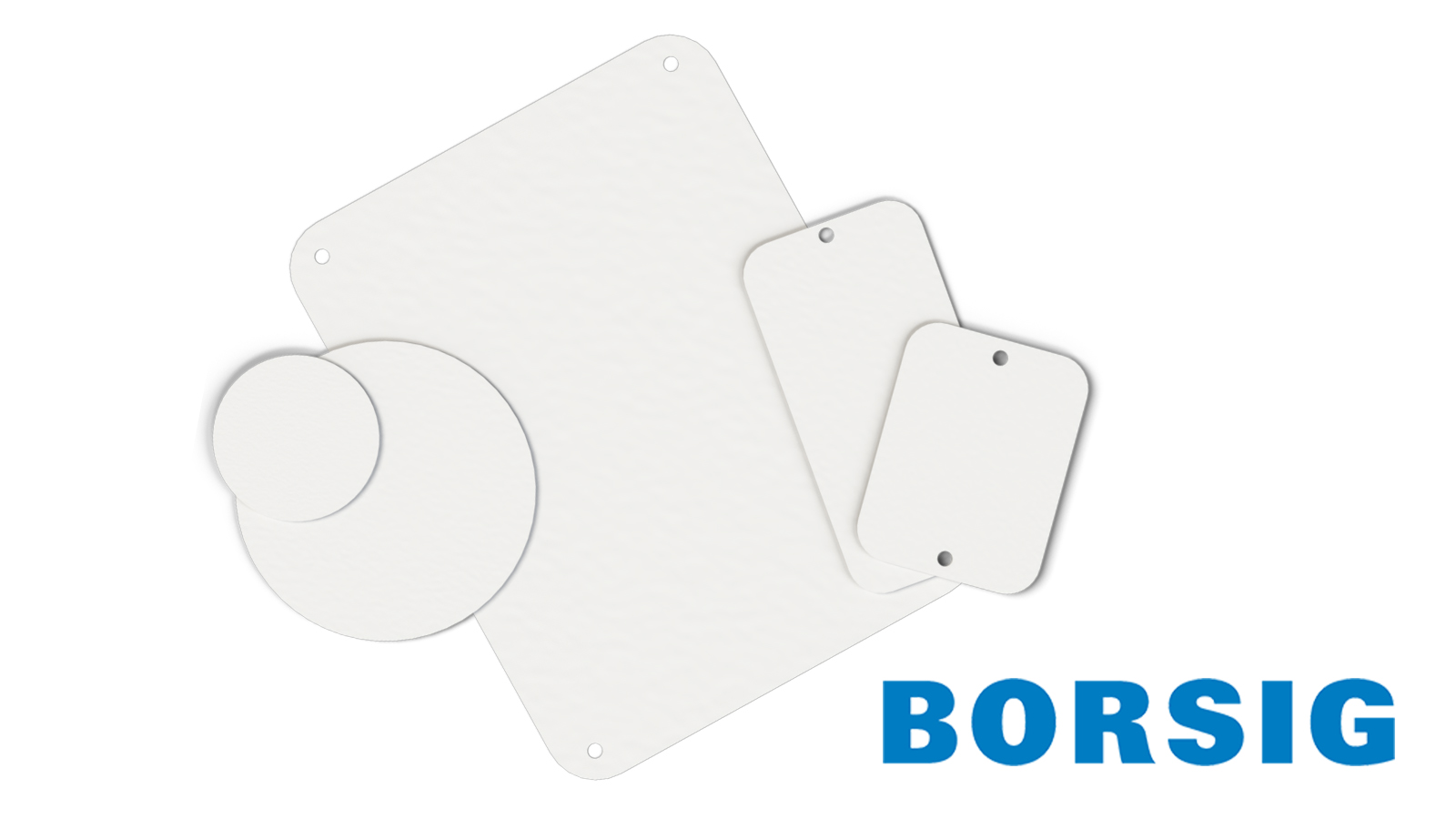
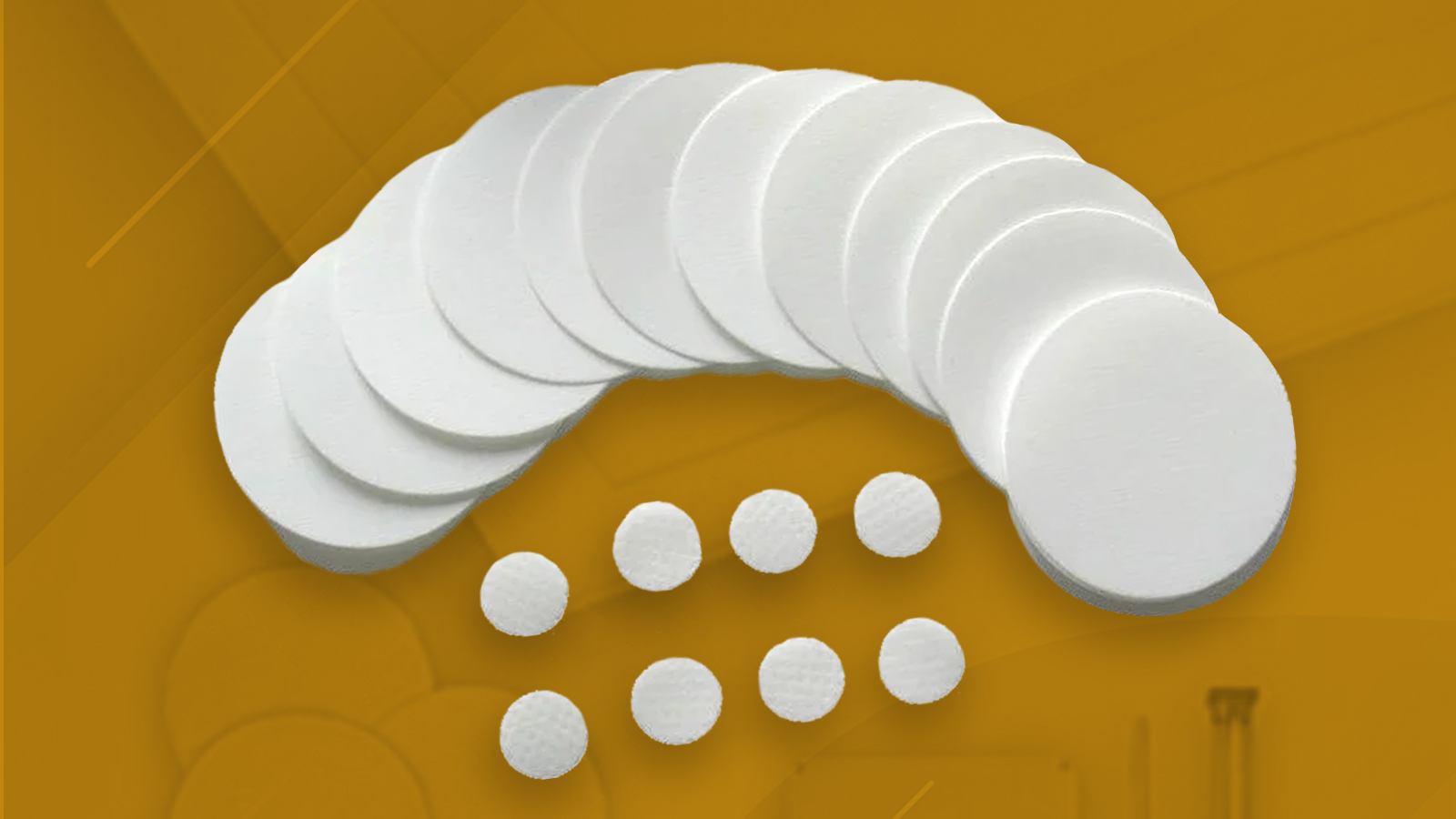
![Join Sterlitech at BIO 2024 [Booth #5558]: Exploring the Future of Biotechnology](https://www.sterlitech.com/media/magefan_blog/b4.jpeg)

